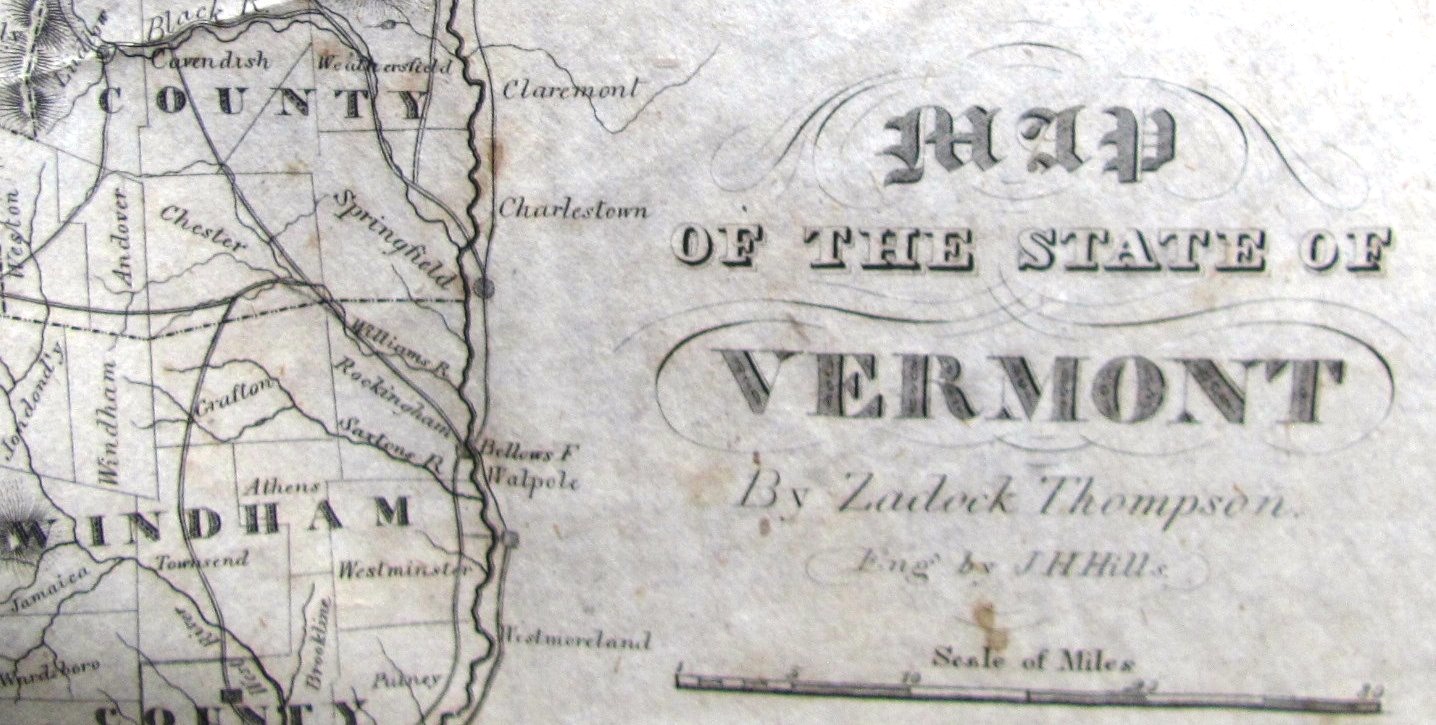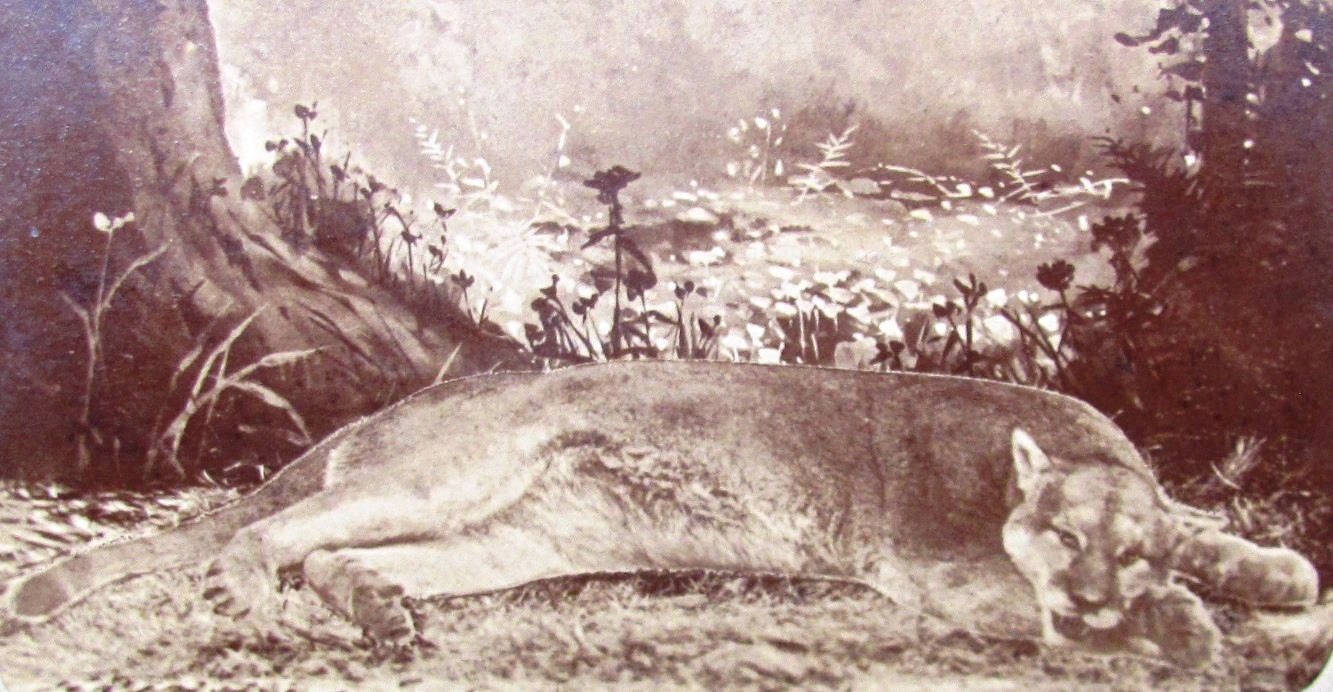
Recently I was reading Zadock Thompson’s 1842 “History of Vermont.” There are a few hundred pages in this leather-bound book, including a fold-out map of the State of Vermont. Below are excerpts from his “Quadrupeds” chapter.
“THE WOLVERINE
“History. – This animal was occasionally found when the country was new, in all parts of the state, but was never very plentiful. For many years past, however, it has been known only in the most woody and unsettled districts, and in such places it is now extremely rare, none having been met with to my knowledge for several years.
“According to Dr. Richardson, from whose work the above description is abridged, this animal is quite common in the fur countries at the north, and is a great annoyance to the hunters, robbing their traps of game, or of the bait, which they do dexterously as seldom to be caught themselves.
“The Wolverine is represented as being very fierce and carnivorous in its disposition, and many marvelous stories have been told of its cunning and artifice and gormandizing propensities, which are totally unfounded. Its food ordinarily consists of mice, moles, hares and other small animals, seldom meddling with larger ones, excepting such as have been previously killed or disabled.
“It produces once a year, from two to four cubs which are covered with a downy fur of a pale cream color. It is found throughout all northern parts of North America, even as far north as the 75th degree of latitude.”
“THE CATAMOUNT
“History. – This ferocious American animal has been known in different places under a great variety of different names…This is the largest and most formidable of the cat kind found in America. In form it bears considerable resemblance to the domestic cat, but when fully grown is about two-thirds the size of a lion…
“They were formerly much more common in Vermont than at the present day [1842], and have at times done much injury by destroying sheep and young cattle. They usually take their prey, like the common cat, by creeping softly within proper distance, and then leaping upon it and seizing it by the throat.
“If the victim be a large animal, like a calf, sheep, or deer, they swing it upon their back, and dash off with great ease and celerity, into some retired place, where it is devoured at leisure. Some years ago one of these animals took a large calf out of a pen in Bennington, where the fence was four feet high, and carried it off on his back. With this load, he ascended a ledge of rocks, where one of the leaps was fifteen feet in height…
“The weight of a full grown catamount is usually about 100 pounds. One of the largest taken in this State, to my knowledge, was killed in Roxbury, in December, 1821. It measured 7 feet from the nose to the extremity of the tail, and weighed 118 pounds. Under the name of panther, our legislature give a bounty of $20 each for the destruction of this animal within the state.”
“THE ELK
“History. – The horns of the elk have been often found in Vermont, which may be sufficient proof of the former existence of that animal within the state; and if the animal was found here after the settlement of the state was commenced, it is doubtless now completely exterminated…”

My comments
On Jan. 31, 1867, a panther was killed in Perkinsville. That panther was 7 feet from nose to tip of tail and weighed 122 ½ pounds. See photos in “Stories of Us.” This is comparable to the Roxbury panther.
The next panther I know of killed in Vermont was in 1881. There may have been other panthers killed between 1867 and 1881 that I am unaware of.
Thanksgiving Day, 1881, Alexander Crowell shot and killed a huge panther in Barnard, Vt. That panther was a monster, weighing 182 pounds. It can be seen today at the Vermont Historical Society, expertly mounted and protected in a glass case.
Some will know Keith Hill, a Chester town employee. Keith is a descendant of Alexander Crowell.
This week’s old saying. “Well, what is, is.”